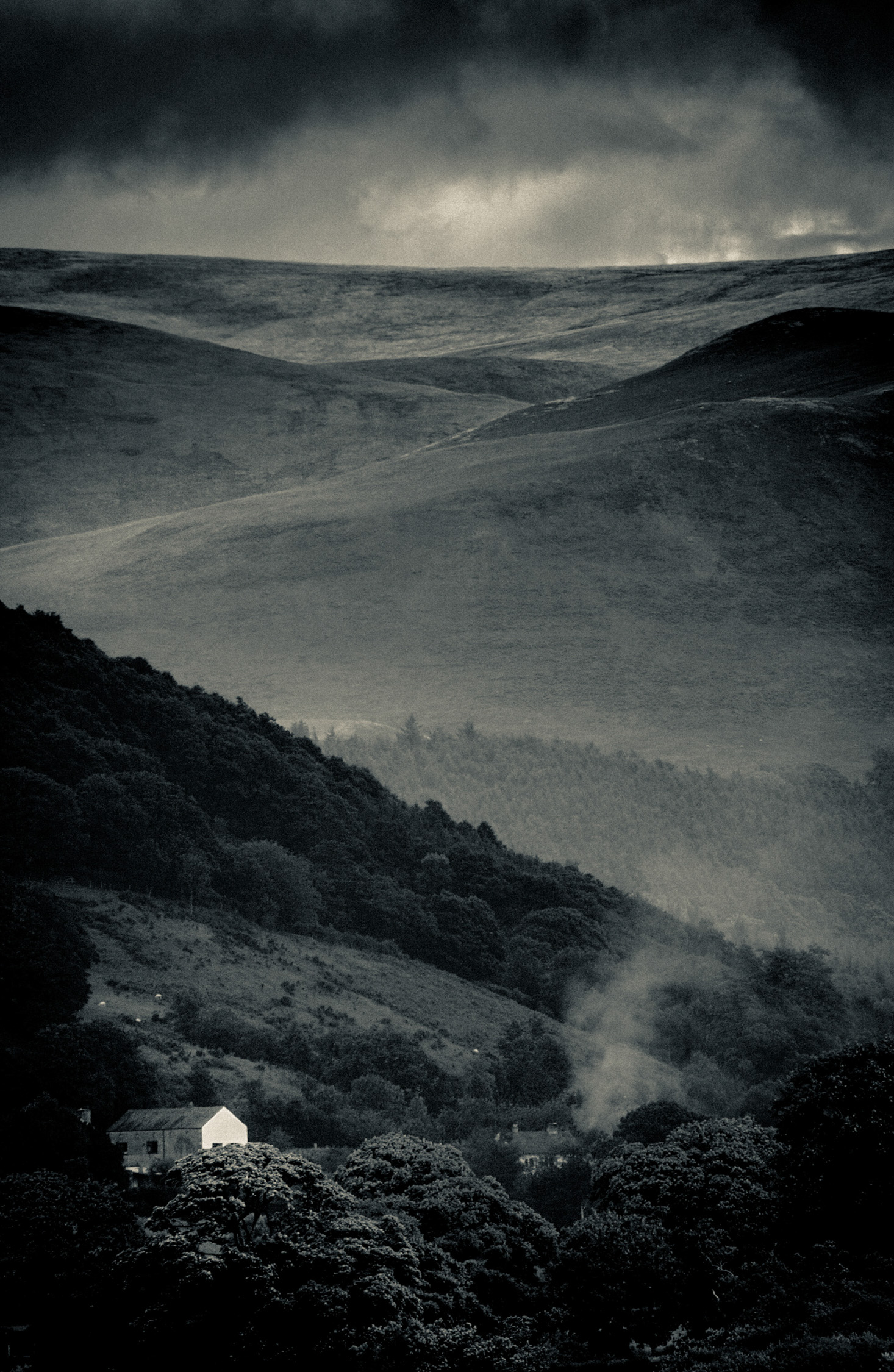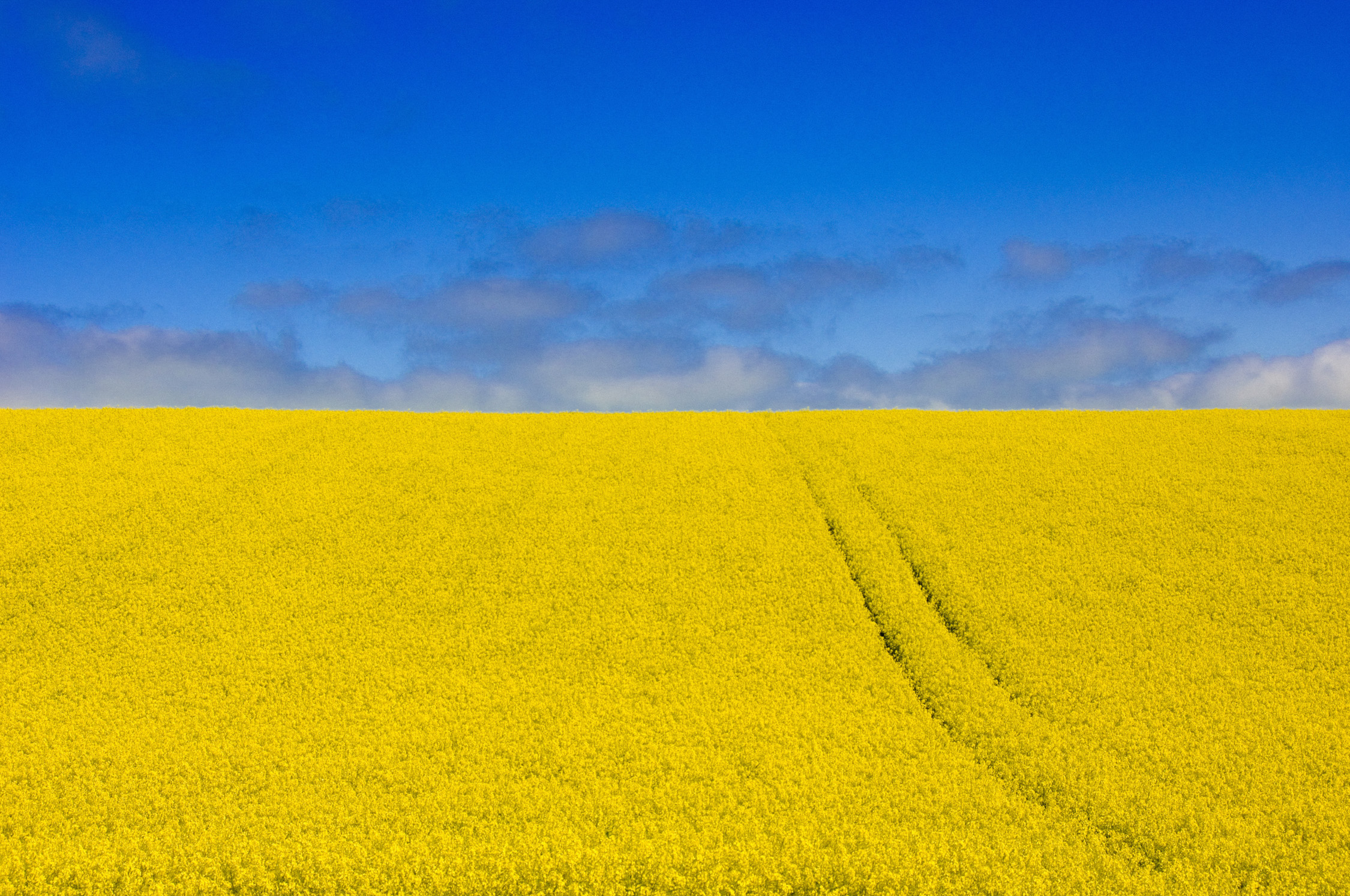
The Evergreen Guide to Choosing a Camera for Landscape Photography
Sep 18, 2023Capturing the majesty of nature is a unique thrill, but before you head for the hills with your camera bag, it's essential to know what your camera should bring to the table. And no, we're not talking about specific models or brands here; those come and go. We're digging into the fundamental features that make a camera worthy of your landscape photography endeavors.
Sensor Size and Resolution: Quality Over Quantity
When it comes to landscape photography, a large sensor with a high megapixel count is your best friend. The sensor captures more light, which translates into better detail and dynamic range. More megapixels mean you can enlarge your photos without sacrificing quality, which is a big deal if you’re into printing your works of art.
Dynamic Range: More Than Just a Buzzword
The term 'dynamic range' might sound technical, but its implications are straightforward. A camera with a high dynamic range can capture more variations between light and dark areas, providing a more balanced and nuanced image. If you're taking a picture of a landscape with both dark shadows and bright highlights—think of a sunset behind a mountain range—a high dynamic range will ensure that both areas are well-defined.

Weather Resistance: For the All-Season Adventurer
Anyone who’s spent time in the great outdoors knows that weather can be unpredictable. A weather-resistant camera can withstand elements like rain, dust, and cold temperatures, allowing you to focus on getting the perfect shot rather than worrying about damaging your gear.

Weight: Balance Is Key
If you’re hiking up a steep hill or navigating through a dense forest, the last thing you want is to be weighed down by your equipment. While robust build quality is important, a camera that’s too heavy can become a burden rather than a tool. Look for models that offer a balance between weight and durability.
Viewfinder and LCD Screen: What You See is What You Get
Your camera’s viewfinder and LCD screen are your windows to the world, so they need to be sharp and clear. Some modern cameras offer tilting or rotating screens, which can be a real boon when you're framing a shot from a tricky angle.
Battery Life: Keep the Energy High
When you're out in the wilderness, finding a place to recharge your camera is as likely as stumbling upon a Wi-Fi signal—basically, not going to happen. Long battery life is crucial; the last thing you want is for your camera to die just as the light becomes perfect for that dream shot.
Other Features: Know What You Don't Need
While it might be tempting to go for a camera with all the bells and whistles, remember that not all features are essential for landscape photography. Fast autofocus and burst shooting modes are nice to have, but they’re not typically as critical for landscapes as they might be for action or wildlife photography.

The Takeaway
When you’re choosing a camera for landscape photography, think about the long game. Essential features like a large sensor, high dynamic range, and weather resistance will make your life easier and your photos better. At the same time, be mindful of practical considerations like weight and battery life. Your camera should be a tool that complements your skill and creativity, not a hindrance that limits them. So choose wisely, and happy shooting.
Our weekly Tips and Techniques email is FREE.
Sign up today, unsubscribe anytime.
We hate SPAM. We will never sell your information, for any reason.


